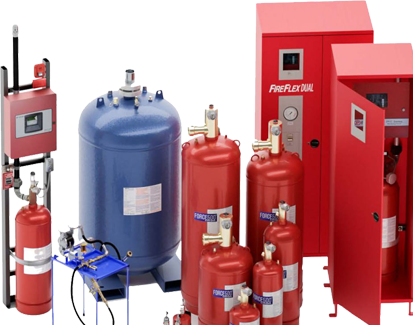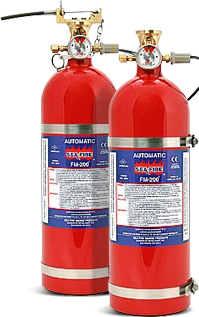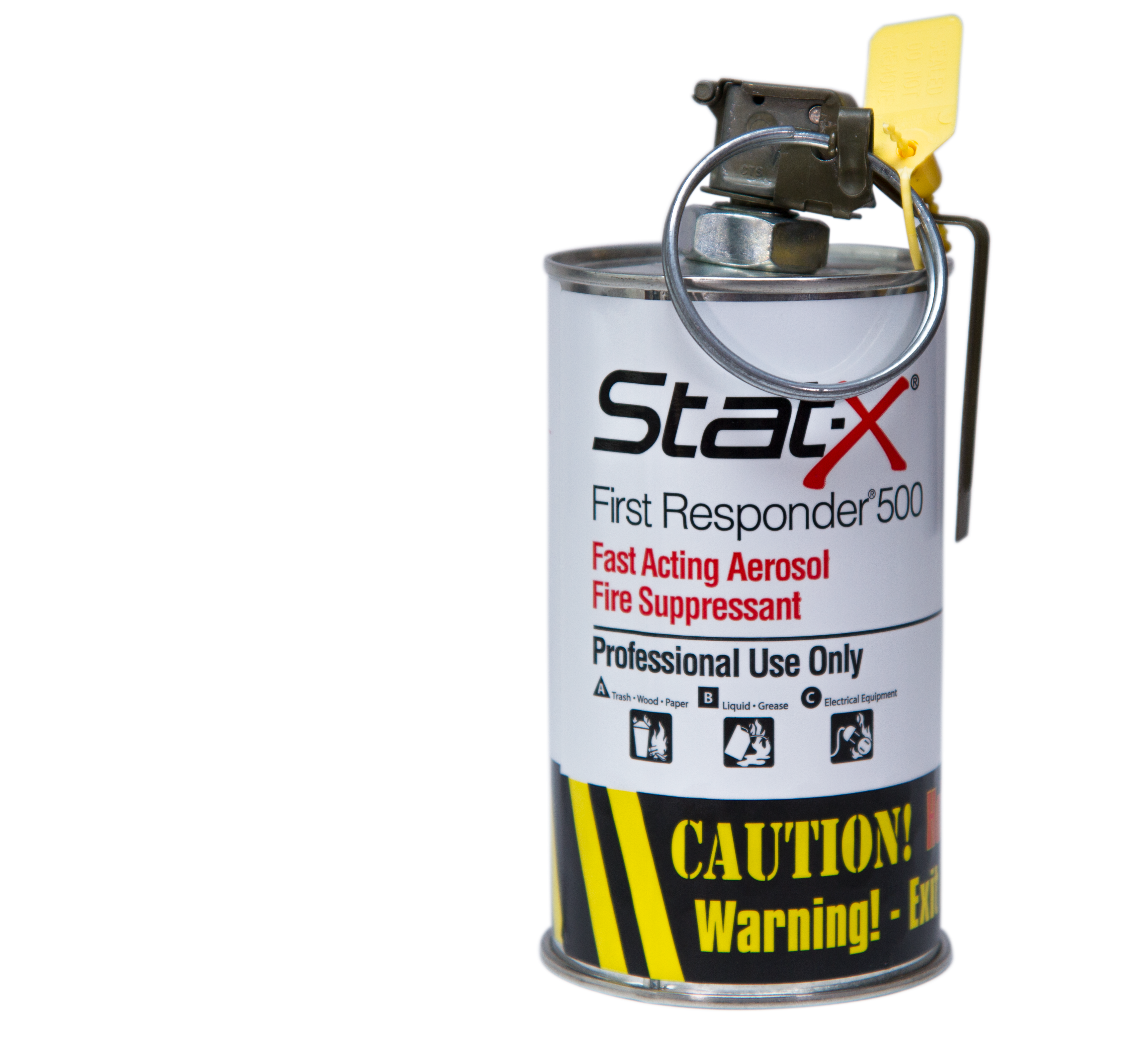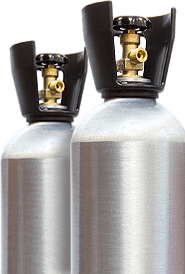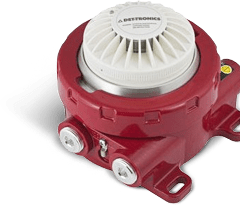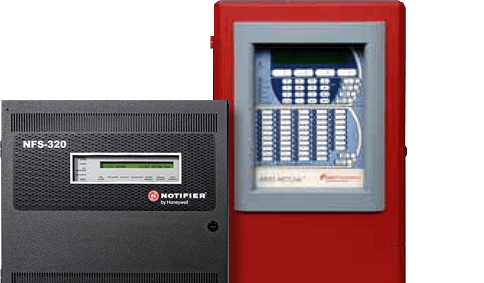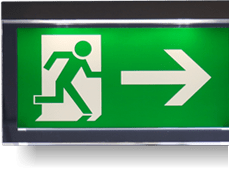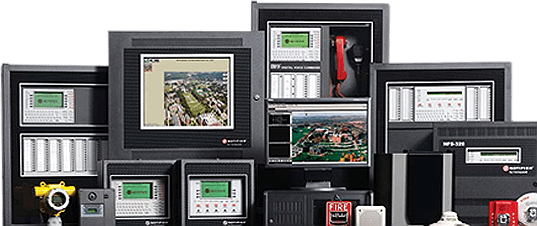Fire Safety Can Be Automatic

An effective plan for fire safety is something that needs to be in place in any type of building. From retail locations to offices to homes, the right approach to dealing with a fire makes the difference between life and death. Fortunately, not all approaches to fire suppression require direct intervention by a human being. Many resources are available that make the process of dealing with a fire automatic . Here are some facts about these systems that you need to know.
Automated Overhead Sprinklers
One of the more traditional examples of automatic fire suppression has to do with the installation of overhead sprinklers. The sprinkler heads are connected to by a series of pipes that provide a steady flow of water when the system sensors detect a sudden rise in temperature within the building. Some systems also include sensors designed to identify smoke as well. When something triggers those sensors, the sprinklers activate and deliver steady streams of water throughout the space.
Explore further
Exploring Gaseous Fire Suppression Equipment
There are settings in which the use of water to contain a fire is not the best choice. This is certainly true if the origin happens to be electrical wiring. The use of water is also not a great idea if the room happens to house servers and other equipment used for a company network. In this scenario, utilizing gaseous fire suppression as the method of choice is the way to go.
This type of equipment is sometimes referred to as clean agents, the most common is Novec 1230 or FM-200 .
Like the overhead sprinkler system, sensors detect the presence of the fire. The gas is released from containers through a series of nozzles. The combination of gas agent helps to contain the fire by cooling the flames. Thanks to the use of the sensors, no one has to actually pick up a fire extinguisher, enter a room that's in flames, and run the risk of injury.
The point of all types of
fire suppression systems
is to prevent a fire from spreading and posing a greater threat to life and property. While it's always appropriate to have manual options for dealing with fires on hand, investing in a system that can deploy without the need for anyone to press a button or flip a switch is a wise move. All it takes is one fire for the expense of such a system to be justified.





